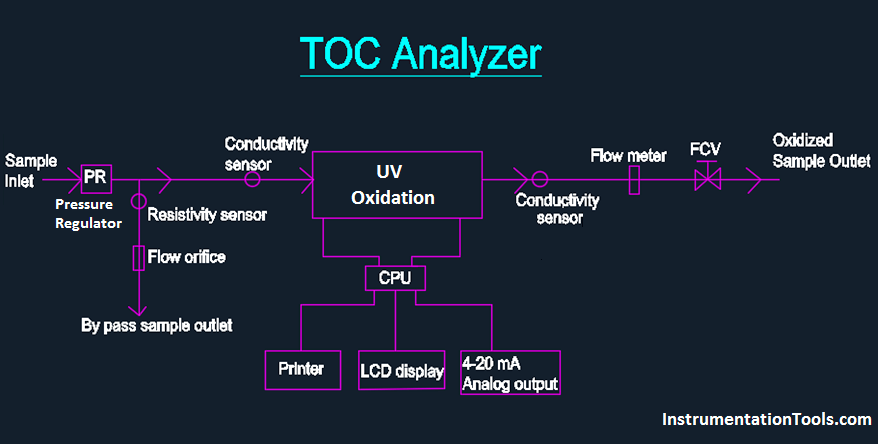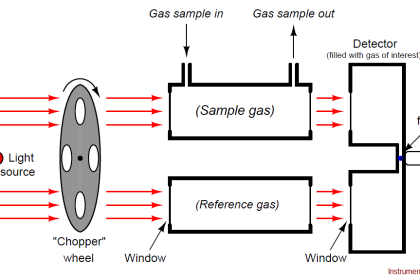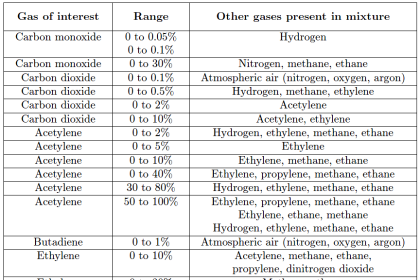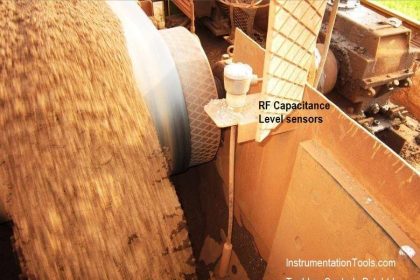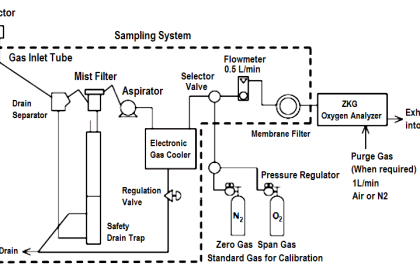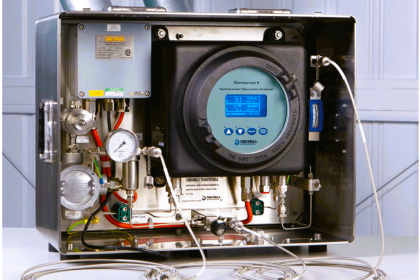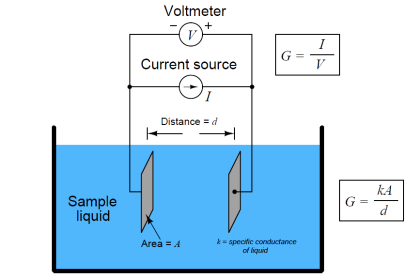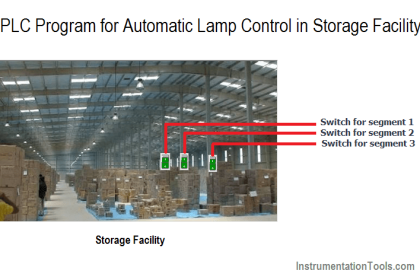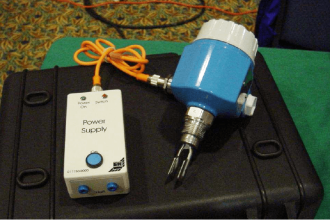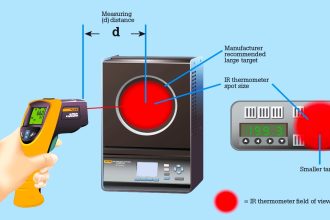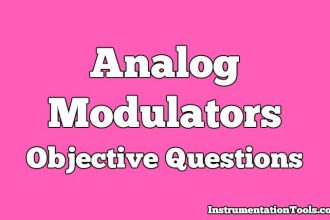TOC analyzer
Introduction of organic matter into water system occur only from living organisms and from decaying matter in source water, but also from purification and distribution system’s materials. In pharmaceuticals water distribution system, the organic matter are introduced in the form of endotoxins, microbes and development of biofilms on pipeline walls and biofilm growth so it is necessary to maintain low TOC levels. USP, EP and JP recognize TOC as a required test for purified water and Water for Injection. To make sure there is no cross contamination between products of different drugs, various cleaning procedures are performed.
TOC Analyzer measures TOC in pure and ultrapure water based on differential conductivity. This difference in conductivity is used to determine the amount of organic carbon present.
Principle
The sample water enters the analyzer and passes through a pressure regulator, which controls sample pressure to downstream components. Then, the sample is splits into two flow paths, where a portion of the flow is directed to the by-pass streamline, where resistivity/ conductivity and temperature are measured via a sensor (a). The other portion flows through another conductivity sensor before passing through the oxidation chamber. The sample is subjected to high intensity UV radiation at 185 nm, effectively oxidizing the sample to CO2.
Then, the oxidized sample passes into another conductivity sensor (b) where the conductivity and temperature are measured again. The difference between the values measured from the (a) and (b) sensors are determined, which is directly proportional to the concentration of organic impurity in the incoming water stream. The water from the (b) sensor is then passed through a flow meter which has a fine flow adjustment and then exits from the outlet which can be rejected or recycled.
The values of TOC, resistivity and temperature are displayed on the LCD screen of the instrument. These values can be printed or sent to a computer via RS 232 serial interface ports and other output can be obtained in the form of 4-20 mA analog output which is further connected to a DCS/PLC system.
Also Read : Basics of Total Organic Carbon Analyzers
